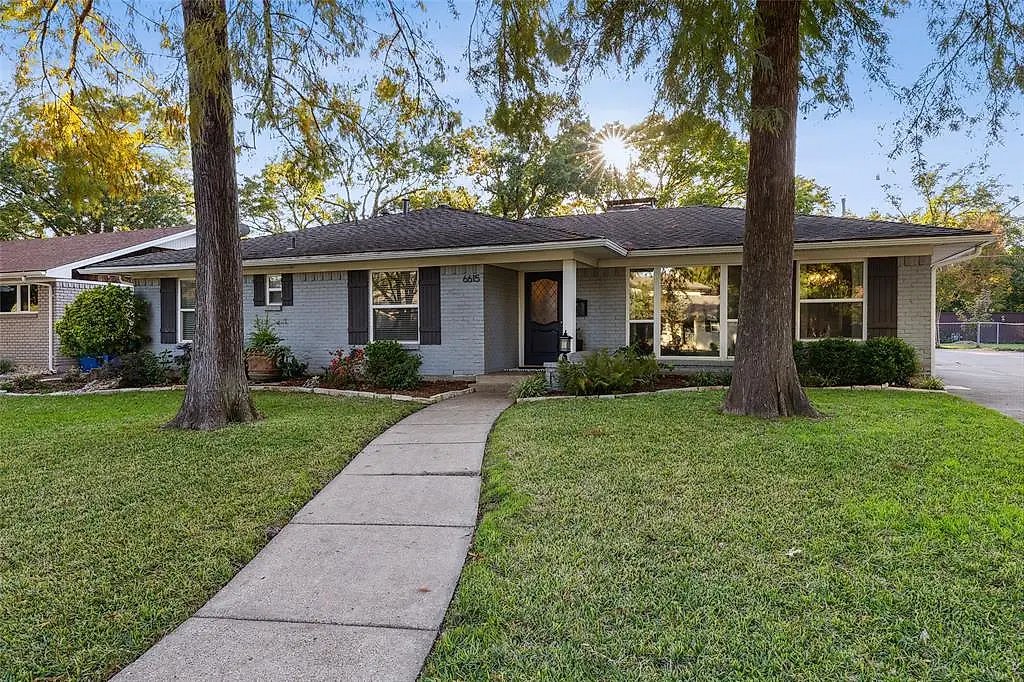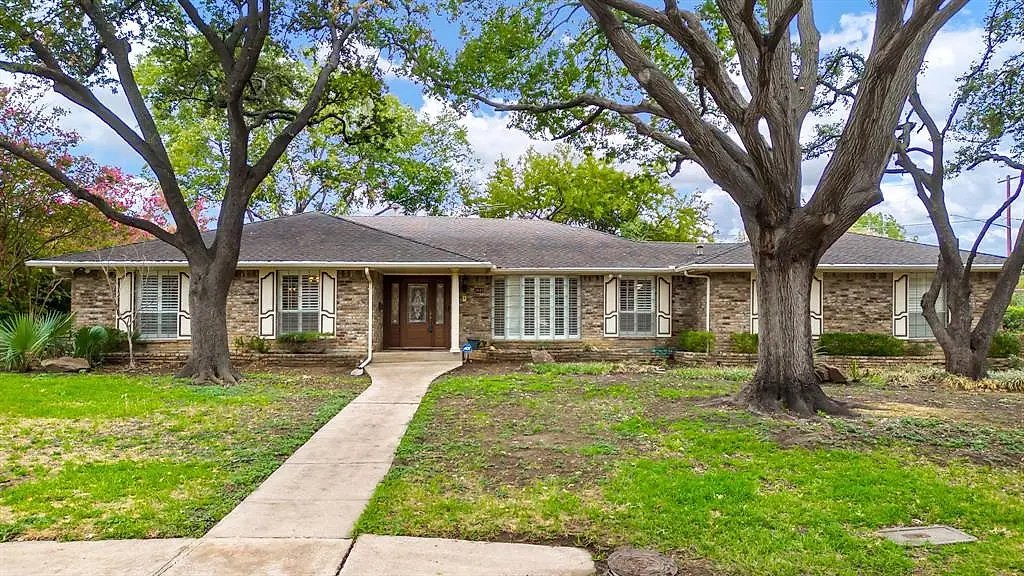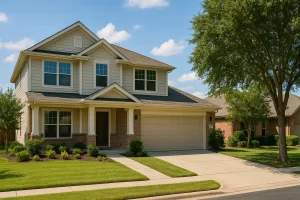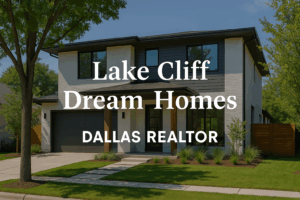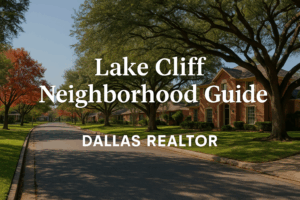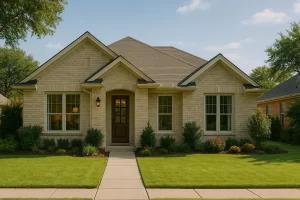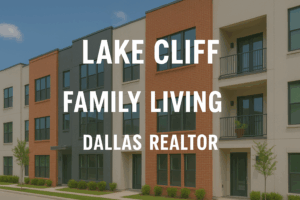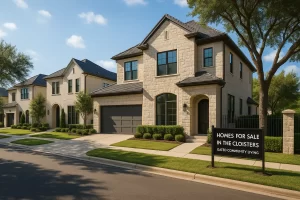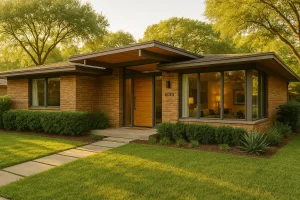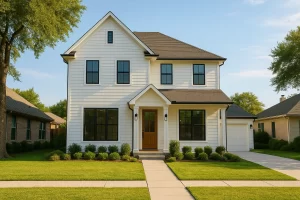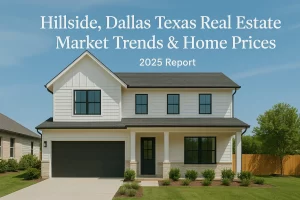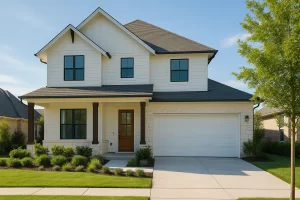Introduction to Cost Efficiency Comparison
Choosing between living in Dallas and its suburbs requires evaluating the cost efficiency of each option. Dallas Living Cost Comparison is essential for making informed choices. Key factors impacting overall living costs include housing, transportation, utilities, groceries, and healthcare. By examining these factors, individuals can make informed decisions aligning with their budget and quality of life expectations.
When comparing housing costs, consider the trade-off between urban conveniences and suburban affordability. Dallas offers proximity to major employment centers and cultural attractions. Suburban areas provide larger properties at more affordable prices, catering to those seeking quieter lifestyles with potentially lower housing expenses. Understanding these nuances helps individuals prioritize their preferences and financial goals when selecting a living environment in the Dallas metropolitan area.
Dallas Living Cost Comparison: Factors in Dallas and Suburbs
When considering the cost of living in Dallas versus its suburbs, housing costs play a significant role. In Dallas, factors like neighborhood desirability and proximity to amenities heavily influence rental rates. Popular Dallas neighborhoods might command rental rates surpassing the national average. Suburban areas often provide larger properties with more budget-conscious monthly payments, offering a contrast to the urban rental market.
Transportation expenses in Dallas can add to the overall cost of living due to higher gas prices and parking fees. In comparison, suburban areas often require residents to rely more on personal vehicles, impacting commuting costs. Additionally, utility expenses in Dallas and its suburbs vary based on providers and neighborhood infrastructure. Grocery prices also fluctuate, influenced by store competition and fresh produce accessibility.
Healthcare facilities in the suburbs typically operate with lower overhead costs, potentially resulting in more affordable medical services compared to Dallas.
Dallas Living Cost Comparison: Housing Costs
When comparing housing costs between Dallas and its suburbs, consider factors like location and demand. For instance, neighborhoods closer to the city center in Dallas may have premium prices due to convenience and amenities. Suburban areas typically offer more spacious properties at potentially lower rates, catering to those seeking affordability.
For example, areas like Frisco or Carrollton may provide larger homes with more yard space compared to similarly priced properties in central Dallas. This allows residents to enjoy a higher quality of life without breaking the bank.
Property taxes also significantly impact housing costs in Dallas versus its suburbs. In Dallas, property tax rates can be influenced by city services and municipal budget allocations. This dynamic impacts homeownership costs in the city compared to suburbs, where property tax rates vary based on local governing bodies and services.
Understanding these housing cost nuances is crucial for making informed decisions. For instance, a homeowner in Plano might experience different property tax rates and services compared to someone in a Dallas neighborhood like Uptown. These diverse financial considerations are essential when choosing between urban and suburban living options.
Dallas Living Cost Comparison: Quality of Life in Dallas and Suburbs
When considering quality of life, Dallas offers a bustling cultural hub with various events and festivals for all interests. For instance, the Deep Ellum Arts Festival showcases local artists, live music, and food vendors, attracting many residents and visitors. In contrast, suburban areas focus more on community-centered activities like picnics, local fairs, and neighborhood watch programs. This fosters a strong sense of connection among residents.
An example of this community spirit is in suburban areas like Frisco, where neighborhoods organize block parties and outdoor movie nights. These events help households enjoy time together. Safety also plays a crucial role in comparing Dallas and its suburbs.
Dallas neighborhoods maintain safety ratings influenced by law enforcement presence and community involvement. For instance, neighborhoods like Lakewood in Dallas have active community policing programs. Residents collaborate with local law enforcement to enhance safety measures.
Suburban areas like Plano emphasize neighborhood watch programs and community policing efforts. These initiatives ensure residents feel secure in their surroundings. These safety measures contribute significantly to the overall well-being and quality of life for individuals residing in both Dallas and suburban areas.
Dallas Living Cost Comparison: Pros and Cons of Dallas Living
Living in Dallas offers the advantage of proximity to major employers, reducing commute times and enhancing career prospects. Individuals working downtown might benefit from residing in Dallas to cut down on travel time. This can lead to a better work-life balance.
The city’s diverse cultural landscape fosters a vibrant community. Dallas provides numerous culinary experiences and artistic endeavors for residents to explore. Neighborhoods like Deep Ellum offer art galleries, live music venues, and diverse cuisines reflecting the city’s multicultural essence.
Despite these advantages, there are certain drawbacks to living in Dallas. The city faces challenges related to higher property crime rates in some areas. This could be a concern for residents seeking a secure living environment.
Additionally, congested roadways during peak hours are a common complaint among commuters. This leads to increased travel times and potential stress. Traffic congestion problems are more pronounced in urban centers like Dallas due to higher population density and limited road infrastructure. These issues impact the overall quality of life for residents.
Dallas Living Cost Comparison: Pros and Cons of Suburban Living
Suburban living offers spacious homes with larger yards, providing a peaceful environment away from city life. Neighborhoods like Coppell and Frisco in Dallas-Fort Worth are known for their community-focused environments and green spaces. These areas are ideal for raising children and enjoying a tranquil lifestyle.
The sense of community in suburbs like University Park fosters strong social connections among neighbors. This creates a supportive and inclusive atmosphere that many find appealing.
Access to top-rated public schools in suburban areas is a significant draw for households. Suburbs such as University Park and Coppell boast excellent school districts prioritizing academic excellence and student development. This gives parents peace of mind regarding their children’s education.
However, limited public transportation options in suburban areas can pose challenges for commuters. Residents may need to rely more on personal vehicles for daily transportation, leading to traffic congestion and longer commutes. Additionally, the scarcity of entertainment venues in suburbs compared to urban areas like Dallas could mean residents have to travel to the city for cultural events, dining, and nightlife. This might not be convenient for everyone.
Culmination of Dallas Living Cost Comparison
When comparing living costs between Dallas and its suburbs, consider key factors influencing financial outlay and lifestyle choices. Housing costs play a pivotal role in this comparison. Dallas showcases diverse neighborhoods with varying rental rates based on location desirability and amenities. For instance, Uptown Dallas may have higher rents due to its central location and vibrant social scene. In contrast, suburbs like Frisco or Coppell offer more affordable housing with larger properties and welcoming environments.
Transportation expenses in Dallas differ from those in the suburbs. Urban areas may incur higher gas prices and parking fees, impacting commuting costs. For example, living in central Dallas may involve more frequent use of public transportation or rideshare services. This adds to the monthly budget compared to residing in a suburb with easier highway access and lower parking costs. Understanding these nuances helps individuals make informed choices based on financial capabilities and lifestyle preferences. Ultimately, the goal is to balance cost efficiency and quality of life.
Conclusion: Embracing Affordable Living in Dallas
Culminating the cost efficiency analysis between Dallas and its suburbs, housing costs play a pivotal role. Dallas showcases diverse neighborhoods with varying rental rates based on location desirability and amenities. For instance, Uptown Dallas may have higher rents due to its central location and vibrant social scene. In contrast, suburbs like Frisco or Coppell offer more affordable housing with larger properties and welcoming environments.
Transportation expenses in Dallas differ from those in the suburbs. Urban areas may incur higher gas prices and parking fees, impacting commuting costs. For example, living in central Dallas may involve more frequent use of public transportation or rideshare services. This adds to the monthly budget compared to residing in a suburb with easier highway access and lower parking costs. Understanding these nuances helps individuals make informed choices based on financial capabilities and lifestyle preferences. Ultimately, the goal is to balance cost efficiency and quality of life.
Embracing Affordable Living in Dallas means making well-informed decisions about where to live. Whether choosing an urban environment with close proximity to cultural amenities or a suburban area with more space and welcoming features, understanding the cost implications is crucial. Dallas and its suburbs offer various affordable living options that cater to different needs and preferences. Balancing cost efficiency with lifestyle goals ensures a fulfilling and sustainable living experience in the Dallas metropolitan area.
